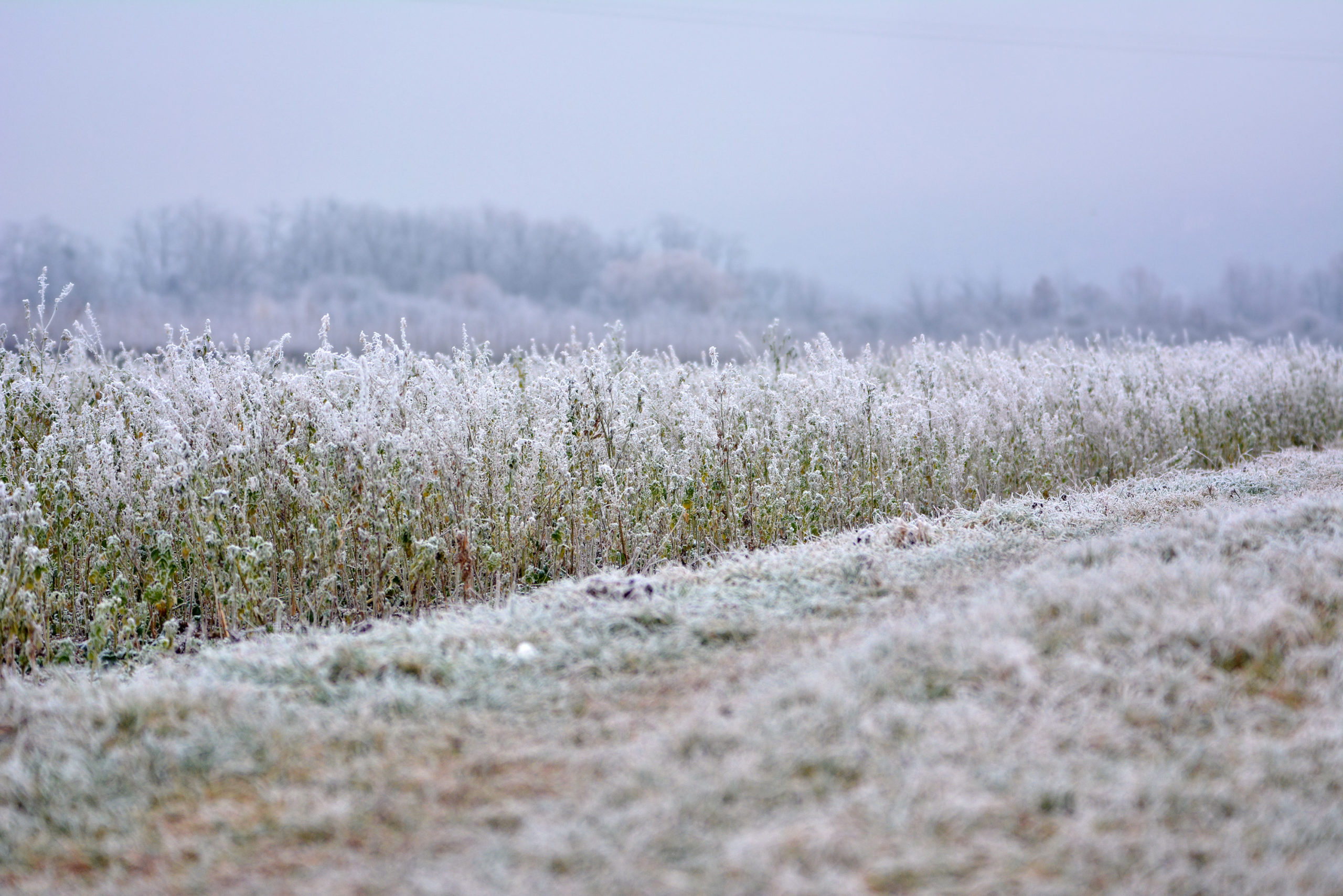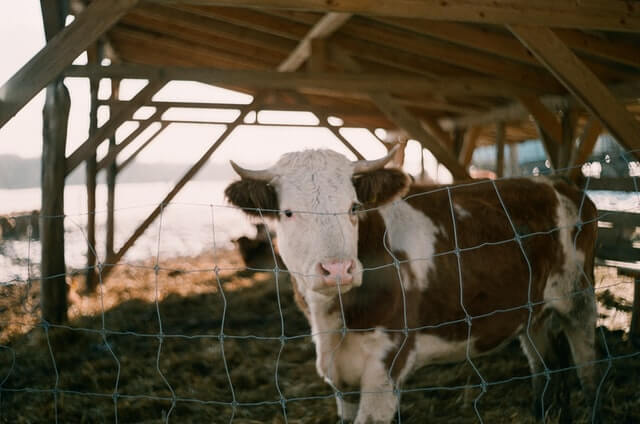
Sign in
Sign in to save favorite properties and equipment, save your search parameters and more
Don’t have an account yet? Sign Up Now
Sign up
Already have an account? Login Now


Sign in
Sign in to save favorite properties and equipment, save your search parameters and more
Don’t have an account yet? Sign Up Now
Sign up
Already have an account? Login Now
It’s always exciting to see the first frost, when light moisture in the air gives way to crystalized grasses, leaves, and branches. The picturesque weather event is also an important seasonal tell – colder weather is not far off, and the first actual hard freeze is probably right around the corner. A frost happens when the temperatures drop to between 36 and 32 degrees Fahrenheit. The significance of the frost on crops depends on how cold the weather gets and how long the cold weather lasts. A freeze is the result of temperatures dropping to 28 to 25 degrees.

Frosted crops can generate dust and build up residue within your machinery when it’s ready to harvest, increasing the risk of fire issues. Freezes can potentially kill crops, so timing your harvest is important. A corn killing freeze occurs when temperatures dip to 32F degrees for four hours or 28F degrees much quicker. If waiting for dry-out, this isn’t an issue, but for silage, watch the frost and get it cut when the corn is dry from frost. A killing freeze can still happen with temperatures above 32, especially in low and unprotected areas when there’s no wind. Utilizing a frost calculator, almanac or weather forecast apps can help you find you the right time to harvest your crops before that first freeze.

Fall is an ideal time to do some maintenance and fix any mechanical issues. If it’s time to put the tractor away for the season, detach your hoses so they don’t freeze and become brittle. If the tractor doubles as a plow or snowblower in the winter, this is the time to switch implements, put on chains and reference the lubrication schedule for your machine.
Winter is a great time to work on barns and other structures throughout the property. Spend some time cleaning the barn and livestock shelter and stalls. Ensure proper heating, ventilation and humidity in your greenhouse if you have one. Your chickens will appreciate your deep cleaning and sanitizing their coop and making sure it’s ready for winter. Also winterize any farmhouses, bathhouses, or cabins, including clearing all pipes of water and turning off any main water lines that won’t be used.

While these animals are suited to sustain harsh weather elements, it’s best for the health of your herds to ensure they have enough food and live-able conditions. Stock up on hay for bedding and any supplies you’ll need to take care of them. Animals need access to dry conditions – a combination of wet and cold can be deadly. Also, make sure they have plenty of food to carry them through the winter and water sources are prepared for freezing temperatures. Water tanks and electric waterers should be in good condition.
Winter brings a peaceful time to the farm, but before you settle in and watch the snowfall, quality work to prepare your farm for winter will pay off in the spring. Performing these farm duties now will set you up for success and fewer headaches when the spring planting begins. Additionally, see our other resources on how to create a successful ranch management plan or supplementing power on your property with a small-scale wind turbine.